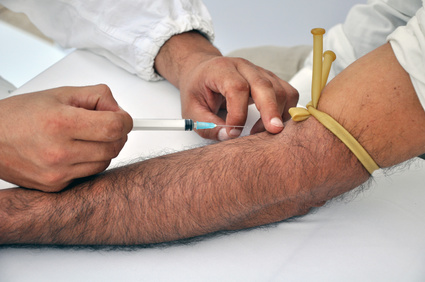By JAN LARSON McLAUGHLIN
BG Independent News
Wood County has all types of services for people dealing with the opiates epidemic – for addicts trying to kick it, for families struggling as they watch, for schools trying to prevent opiate use before it begins, and for physicians who prescribe opiates.
But if people aren’t aware of the services – they may as well not exist.
So here is the one number they all need to know – 211.
“We’ve done a lot to try to reduce the barriers,” said Tom Clemons, executive director of the Wood County Alcohol, Drug Addiction and Mental Health Services Board. “In a nutshell, 211. Call 211.”
Clemons said it became glaringly obvious to him over the last month or two, when a number of local agencies were not aware of the resources open to Wood County residents facing the opiate epidemic. So last week, Clemons and some members of his agency and board met with the county commissioners about helping them reach people in need.
“We’re trying to get the word out,” he said. “Help is here.”
As an example, Clemons said that Wood County’s recovery housing program for male opiate addicts often has open slots.
“A lot of times people are in need, but they aren’t aware of services,” he said.

Tom Clemons talks with county commissioners
Clemons asked if small brochures, stressing the need to dial 211, could be placed at every desk of county employees who take calls from the public. The brochures are already being carried by law enforcement throughout the county, he said.
During the Wood County Fair, information was handed out at several booths. “We also realize we have to go old-school as well,” Clemons said.
Three town hall meetings about opiates have been held – in Bowling Green, Perrysburg and North Baltimore.
Clemons listed several different approaches in place to attack the opiate issue. “Treatment by itself is inadequate,” he said. Prevention education is offered, including training for teachers. “That’s always the best bang for your buck.”
The ADAMHS Board also offers a drug-free workplace program, coordinated by Lorrie Lewandowski, associate director of ADAMHS.
Vivitrol programs are offered for opiate addicted inmates who are being released from the Wood County jail and the Northwest Community Corrections Center. The medication blocks the positive feeling the addicts get from opiates, making it easier for them to quit.
There is a men’s residential center outside of Cygnet, run by Zepf, and plans are underway for a women’s residential center soon.
And a family support group is active in the county.
Clemons pointed out that the average number of relapses for opiate addicts trying to quit is seven. “With each one of those relapses, you run the risk of overdoses and death,” he said.
“There is no perfect system,” Clemons said. “We’re looking for gaps.”
In addition to working on a female recovery house, the county is also trying to form a quick response team. The sheriff and county prosecutor are also working on bettering the local systems.
Wood County’s opiate death rate is much lower than the average in Ohio. But “one is too high,” said Chris Streidl, manager of clinical progress and quality improvement for ADAMHS. Montgomery County, which has been hit especially hard by the opiate epidemic is predicted to see 800 opiate overdose deaths this year.
Wood County Commissioner Doris Herringshaw said she was glad to hear a site is being planned for female opiate addicts. “It affected women, as well as men,” she said.
And it has hit people from all areas of the county – with people from at least 20 communities jailed and facing addiction to opiates.
“It’s everywhere,” Streidl said.
Commissioner Craig LaHote said education efforts seem to be working.
“There seems to be increased awareness of the public,” he said.
“We’re doing what we can to stem the tide of the opiate epidemic,” Lewandowski said.
But more needs to be done to link up people with the help they need, Clemons said.
“There seems to be a lot of demand by the public for more information,” Commissioner Ted Bowlus said.
Kyle Clark, of the Wood County Educational Service Center, suggested more needs to be done to educate physicians about prescribing painkillers, since more than half of addictions start with legally prescribed opiates, he said.
Efforts to address the opiate epidemic in Wood County include:
- Three town hall meetings held throughout the county by the Opiate Task Force.
- Use of Vivitrol on jail inmates who used opiates and are being released from jail.
- I-CARE program designed to fill the gap for those waiting for residential treatment.
- A local concerned parent group called Surviving Our Loss and Continuing Everyday (SOLACE).
- A recovery helpline reachable at 2-1-1.
- Prevention programming in the schools.
- Opening of a male recovery house in the summer of 2016.
- Increase capacity for medication assisted treatment and inpatient detox services.
- Promotion of awareness among physicians.
- WBGU-TV series highlighting the opiate epidemic.
- Wood County Educational Service Center newsletters and podcasts.
- BGSU hosted lecture for academic advisors on the signs of opiate addiction.





